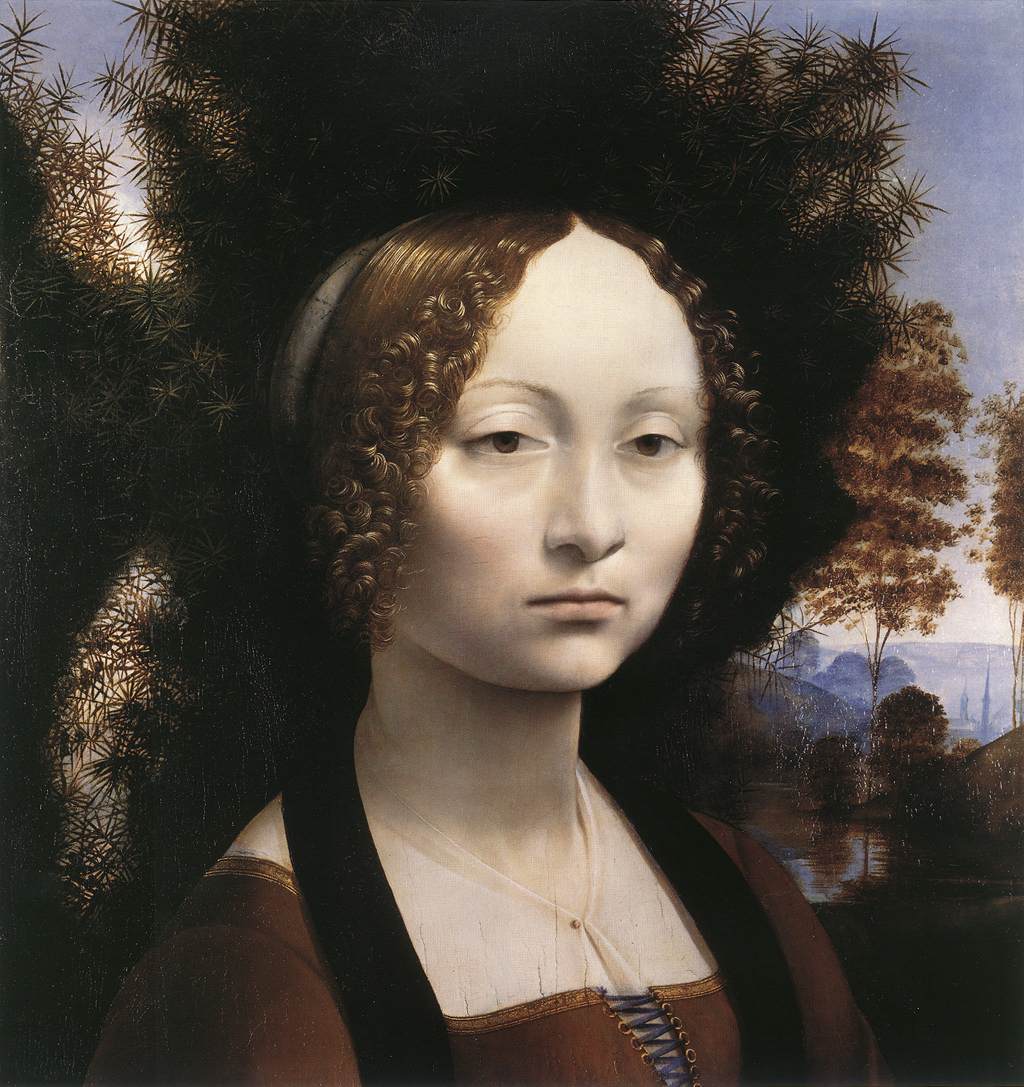- Research the museum. View the museum's website for important info, such as visiting hours, location, parking, restroom and handicap services, and availability of a cafe/restaurant. Although this may seem like a no brainer, skipping this step could result in a less than ideal visit. While researching the museum info, look for special exhibits, programs, guest speakers, and other events. You might want to time your visit to include one of these features. If you will be taking children, most major museums have childrens' programs, often with hands on experiences. Again, check the website for these special programs. Call the museum to see if there is a slower attendance day, which would give you and your little art collectors more "breathing room."
- Give yourself plenty of time to tour the museum. A national gallery or major city museum will take at least 3 to 4 hours for a thorough visit, and this is on the conservative side. Your pace will be determined by the size of the crowd, your art preferences, if you are touring with children, and if you are a "skimmer" or "contemplator." Contemplators may stop for most artworks, while skimmers cruise the gallery to spot works which interest them. They then spend time at those particular art pieces. Touring a museum with children requires a brisk, and lively strategy, and works best when the adult's focus is on the children's experience.
- Consider taking a guided "docent" tour. On our first trip to the National Gallery of Art, in Washington, DC, we participated in a guided tour. Our extremely knowledgeable and likable guide showed us a handful of major artworks, giving us mini lectures on each one. We were able to learn more about those artworks than had we toured the museum independently. A guided tour often includes a variety of artwork in various media, such as paintings, sculpture, decorative arts, jewelry, textiles and furniture. Guided tours are also very good choices for the older school aged child, as the docent will frequently engage the children in the learning process by asking them questions, and encouraging discussions. Most docents are specially trained to give an informative yet interesting tour. If you are really under time constraints, choose a tour. You will see some major pieces and also get a feel for the rest of the museum.
- Be open to the variety of artwork and media. Its tempting to walk through only those rooms which have your favorite kind of artwork, yet keeping an open mind can lead to surprising and delightful discoveries. If you have been to the museum before, start your tour in a gallery room which you usually avoid or haven't visited before, and spend some time in there. Try to see the artwork in the socioeconomic context in which it was created. Compare it and contrast it with your favorite artwork. How are they similar, or dissimilar? Try to find something to like about it, such as the color, shape, or size. You don't have to like the whole piece to appreciate it. Ask questions. You may end up liking something you never thought you would!

John Singleton Copley Brook Watson and the Shark
1778
Oil on canvas, 182 x 230 cm
National Gallery of Art, Washington - Research one work of art or particular artist before your visit. Although you do not have to be an art historian to appreciate art, knowing a little bit about a certain piece or artist will help your visit immensely. For example, one of my favorite artists is John Singleton Copley, and I love his painting "Watson and the Shark." Prior to my museum visit, I read about the painting, so when I saw it, I was able to understand and enjoy it more. I had read about the reason for the painting, how it was painted, who it was about, and more. To find an artist or artwork to "study," simply browse the museum website before your visit. Most museums have some of their collection online. You can select a piece, research it a little, then head off to the museum. Your viewing experience will be better for it, and, when you return with a friend, you can share your new found knowledge about the artwork! And that is one of the best reasons to visit an art museum!
 |
| Leonardo da Vinci Portrait of Ginevra de' Benci 1474-78 Oil on wood, 38,8 x 36,7 cm National Gallery of Art, Washington |

No comments:
Post a Comment